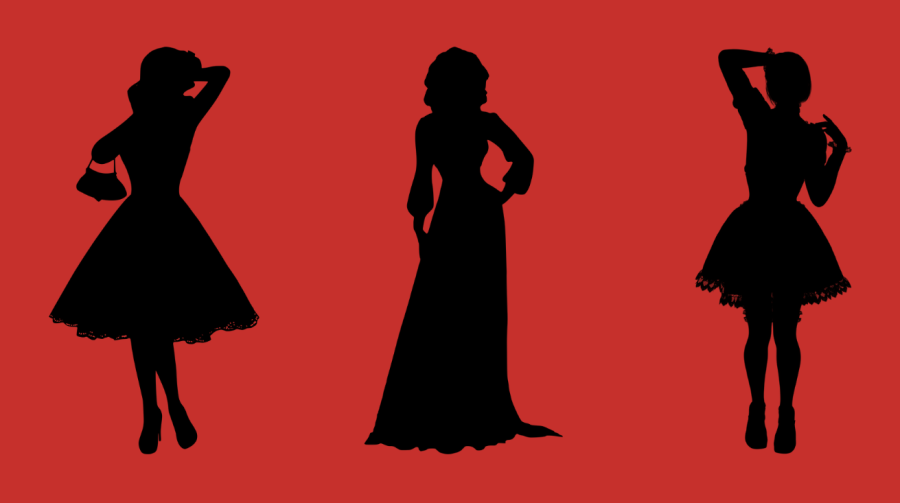How important is historical accuracy in costume design for period pieces?
Photo provided by: Avery Ranum
Period pieces are a perpetually dominant force in the cinema costume sphere. Year after year they fill the “Best Costume Design” category at the Academy Awards, and ten of the last twelve winners of the award have been historical films.
October 24, 2022
Jeans and t-shirts for the 2000s, a flapper dress for the 1920s, frilly collars for the Renaissance – the general ideas of how people dressed throughout previous times are pretty well-established. When a period film begins production, a costume designer is brought on board. The main priority is to always ensure the clothes are believable for the time period the film is taking place in. When the attire that a character is wearing stands out by looking like something from another era, it creates a jarring effect on the viewer that can heavily disturb the believability of the film. However, some of the most critically and commercially successful period films to be released in recent times have featured some noticeable historical inaccuracies, which begs the question, what is the true value of historical accuracy in the costumes in movies?
1995’s Pride and Prejudice adaptation, directed by Simon Langton, is a prime example of a costume design that is clean of any smudges of historical inaccuracy. The story, which takes place in England during the Regency era (1811 to 1820), is shown through the use of empire line dresses and tight updos for the women, and tailcoats and trousers for the men. All these pieces were commonly worn throughout the Regency era, and make the series blend in seamlessly with its designated time period. Unfortunately, with its prim and stiff costuming and direction, the series lacks any notable stylistic flair, making it a somewhat dull visual experience.
Contrarily, the 2005 Joe Wright-directed film adaptation of the same novel takes many more liberties with the styling of the characters. The hairdos are significantly modernized, as curled fringe updos were almost everywhere during the Regency era and almost nowhere in the film, and a character even shows up to a ball wearing a dress with what could more or less be called spaghetti straps – a style that would not be socially acceptable for probably another century and a half. However, the film is a showpiece in cinematography and has grown to be the most enduringly popular adaptation of the novel for its beautiful aesthetics and visuals, which includes the free-flowing dresses and hair.
Looking past these two adaptations into the broader world of film, there is no right or wrong approach to take with costume design, but I think there is definitely a balance that needs to be struck between necessary historical accuracy and artistic liberty. In my opinion, the best way to achieve this balance is to refrain from featuring any anachronisms that are too prominent but to make any minor changes to the costuming that are needed to further the story’s development of characters and plot drama. With a film that retains visual appeal through deliberate artistic departures that promote characterization or thematic development, but stays otherwise within its time period, the viewer will get the best of both worlds and walk away with a highly satisfactory viewing experience.







